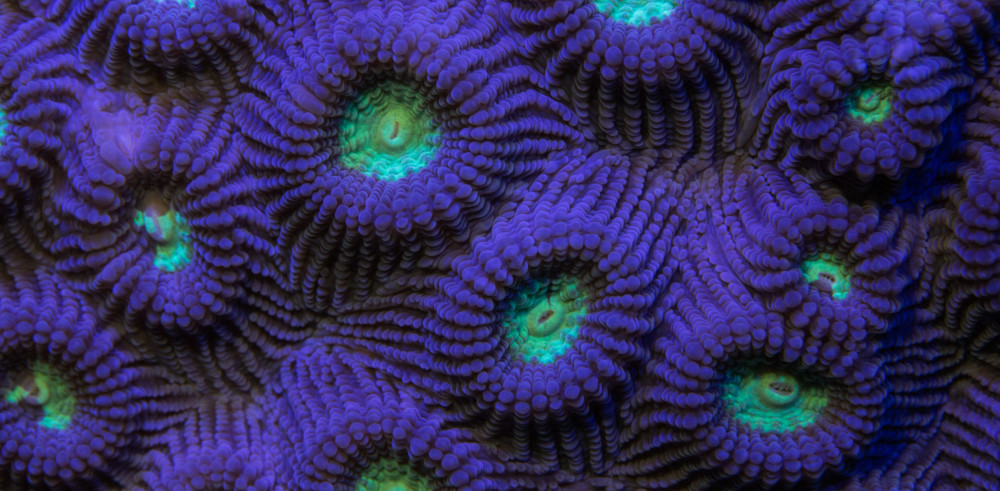The Okinawan fishing spider (Dolomedes orion) is one of the most unique spiders we have on the Island of Okinawa.
Most fishing spiders are ambush predators. They have the ability to catch prey on the land, on the surface of the water and even underwater. Fishing spiders use vibrations to attract insects like water striders. The spiders vibrations simulate a helpless insect floating on the surface of the water.
I have seen amazing photographs of these fishing spiders eating frogs. I personally have observed Dolomedes orion eating insects only.
The beautiful color contrast allows them to blend in with their surrounding environment to avoid being seen.
It is thought that the white reflective leg sections are used to lure in prey when hunting during the daytime, but do they serve a purpose at night?
Look close, the female fishing spider handles her egg sack with extreme care.
Meet Spi-Zilla, This is an average healthy specimen found in the Yanbaru forest.
I used my iPhone to compare the size of this huge spider, I kept my distance for sure.
Please be respectful to the wildlife. If they show any signs of stress or aggression give them their space and move on. Learn more about the Huntsmen spiders of Okinawa
My Mission: To Document and Preserve the Wildlife of the Ryukyu Islands
This site is also designed to help people identify the beautiful animals of Okinawa, basically to serve as an online nature reference guide. If you would like to make a contribution to support my mission, please click on the donation link paypal.me/maketheswitch4nature
Your donations will help worldwide conservation initiatives as well as bring solutions to the worldwide pollution issues on our beautiful shorelines. Thank you for your support. Shawn M Miller.

















































































